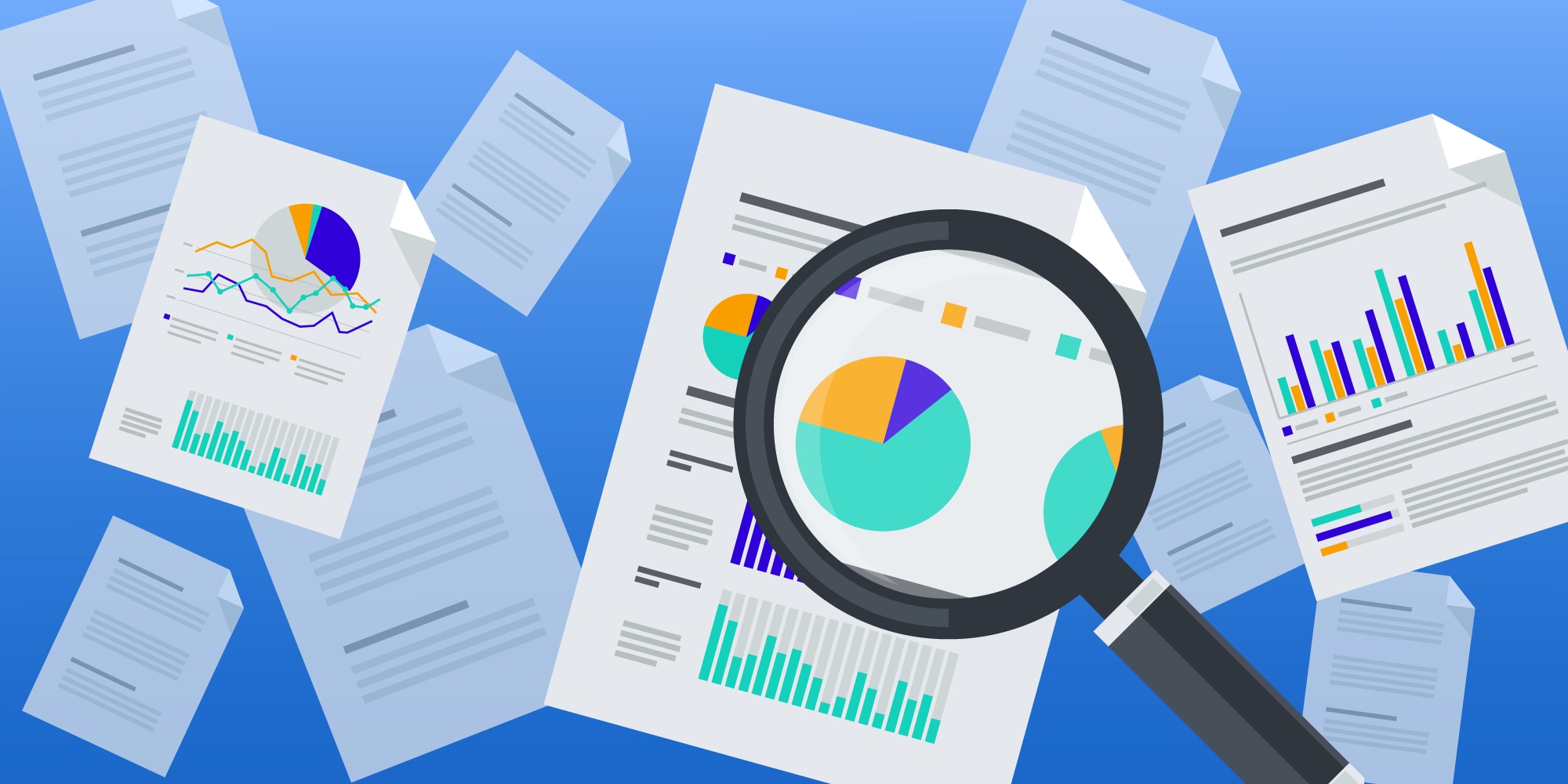Learn which KPIs to check on a regular basis in real-time management and when to react to changes in caller behavior or staffing.
(This is an excerpt from the book “Contact Center Management on Fast Forward: Succeeding in the New Era of Customer Experience” by contact center and workforce management expert Brad Cleveland.)
"The third major principle in effective real-time management is to monitor developments and identify trends as early as possible. The key is to react appropriately to evolving conditions. Random contact arrival means that, at times, it will look like you are falling behind even though you are staffed appropriately. But if you are experiencing a genuine trend, you need to move quickly. Time is of the essence.
Interpreting Queue Status
Service level is “rolling” history. The ACD has to look back some amount of time or at some number of contacts to make the calculation. Consequently, even though service level is a primary focus in planning, it is not a sensitive real-time report. (In the strictest definition, it’s not a real-time report at all.)
With many ACDs, you can define how far back the system looks to provide real-time service level status. You may need to experiment some. You’ll need enough of a sample that reports aren’t all over the place, but to be valuable, the sample also must be fairly recent. Also note that “screen refresh” does not correlate to the timeframe used for calculations. Your monitors may display updated information every few seconds, but that has nothing to do with how much data your ACD uses for the calculations that require rolling history.
There will be a delay of at least several minutes before service level begins to reflect the impact of what is happening.
Service level will tell you what has already happened, given recent unique contact volume, random arrival, average handling time and staff availability patterns. But it’s important to realize that what is being reported is not necessarily an indication of what is about to happen. However, the number of contacts presently in queue is a real-time report, as is “longest current wait” and “current agent status.”
Understanding the distinction between reports that are genuinely real-time and those that must incorporate some history explains apparent contradictions. For example, service level may indicate 65 percent of contacts are answered in 20 seconds, even though there are no contacts in queue at the moment. Keep watching the monitor, though, and service level will begin to climb. Alternatively, service level may look high at the moment, even though an enormous volume of contacts recently entered the queue. Give it a few minutes and, unless circumstances change, service level will begin to drop like a rock.
There will be a delay of at least several minutes before service level begins to reflect the impact of what is happening. So for service level to have meaning, it must be interpreted in the light of the recent past, contacts in queue and current longest wait. If you focus on service level alone, you could badly misread the situation.
Unless conditions change, the number of contacts in queue signals where service level is about to go. So—this piece of data should be a primary focus, along with longest current wait. That information should drive you to assess the mode agents are in—signed off, auxiliary, handling contacts, etc.—and make appropriate adjustments.
In summary, focus on real-time reports in this order:
- Number of contacts in queue. This is the real-time report most sensitive to changes and trends. Look at this first.
- Longest current wait (oldest contact). This is a real-time report, but it behaves like a historical report (e.g., many contacts can enter the queue, but longest current wait will take some time to reflect the problem). This report gives context to the number of contacts in queue. For example, if there are far more contacts in queue than normal, but longest current wait is modest, you are at the beginning of a downward trend. Now is the time to react.
- Service level, average speed of answer, average time to abandonment and other measures of the queue and customer behavior. These reports provide additional context to the number of contacts in queue and longest current wait. For example, if service level is low, but there are few or no contacts in queue, you have addressed the problem and service level will begin to climb. Don’t sweat it.
- Agent status. This real-time report indicates how many agents are available and what modes they are in. I generally place agent status after other reports because it can be difficult to interpret unless you know something about the queue. For instance—it doesn’t matter if few agents are handling contacts if there aren’t many contacts to handle. In that case, you would want agents to be working on other tasks.
In the end, you should monitor and interpret these reports together. With the right training on what real-time information means and the activity it is conveying, experienced agents and supervisors can scan and make sense of the updates quickly."
---
This excerpt from “Contact Center Management on Fast Forward” was kindly provided to you by Brad Cleveland. We hope you liked it.
Do you want to dive deeper and learn how to set the right foundations for real-time management, develop a real-time escalation plan and do Forecasting and Staffing the right way? If so, we can recommend Brad Cleveland’s book as an easy-to-understand yet profound introduction to what a contact center manager and planner needs to know.
Did you find the article interesting and would like to share it with your colleagues? Download the article as a PDF.





